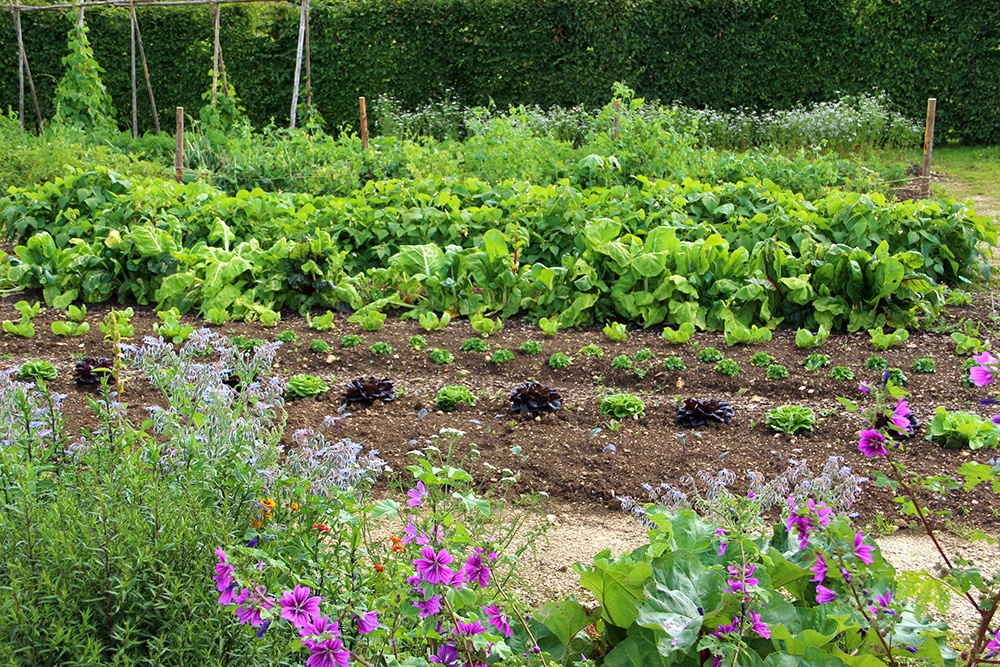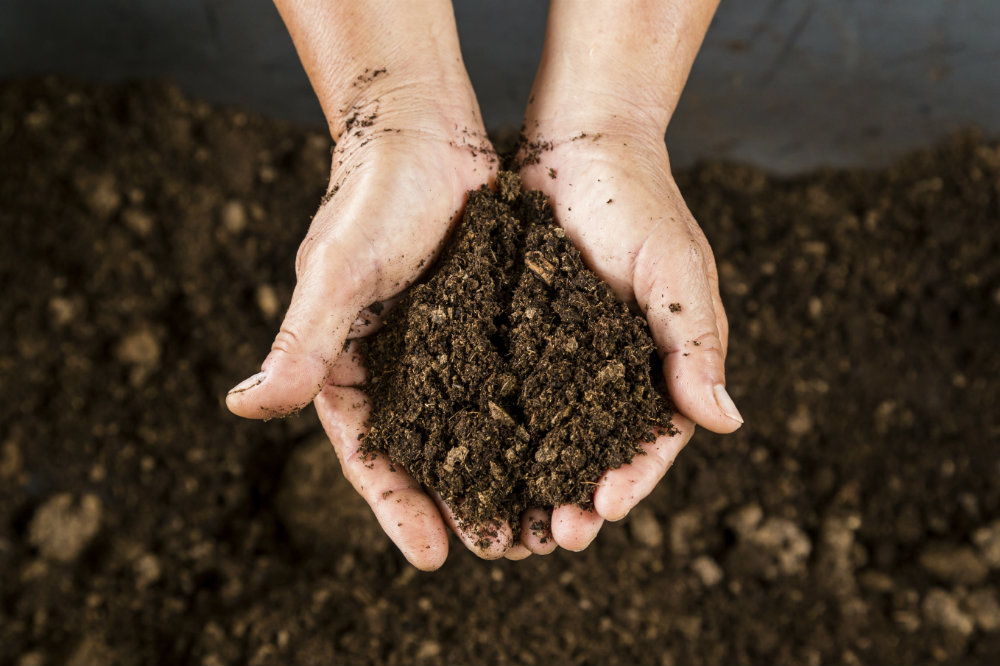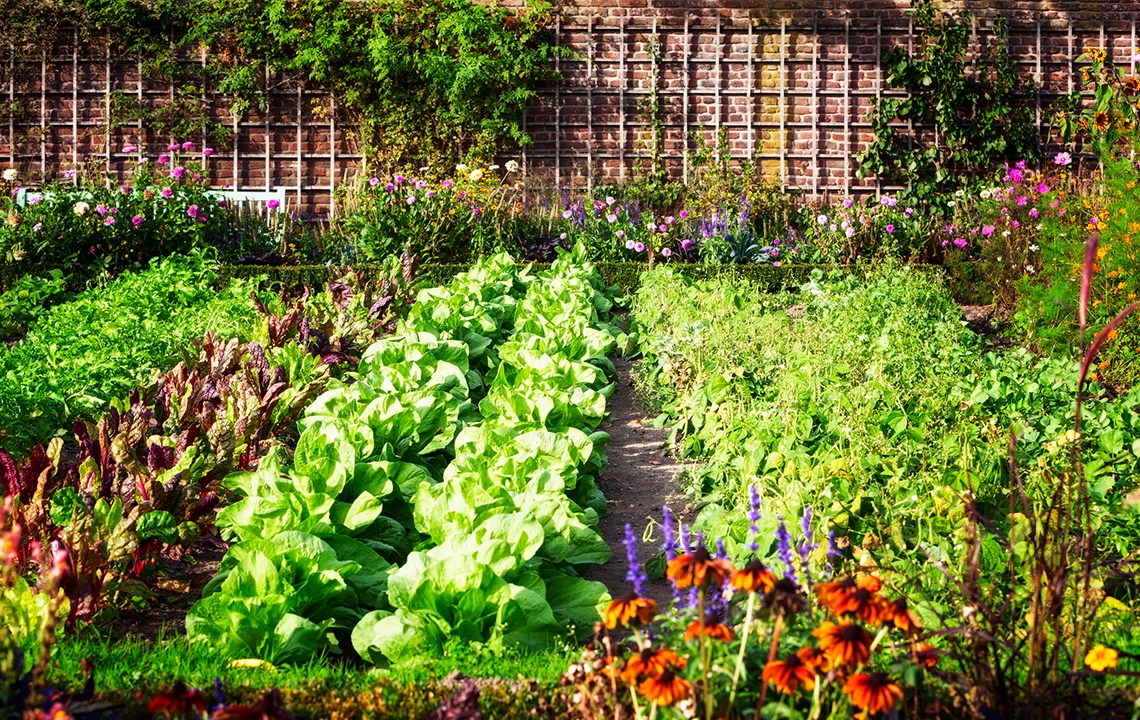Before making any drastic changes to your land, draft a master plan for your garden and move carefully to reach your ultimate goal.
When you start your journey of landscaping, gardening, making your land productive and making it reflect you, using a master garden plan can make it all come together beautifully.
The tips below will get you started on formulating a specific master plan for the best gardening options for your own property. Maximize your land's potential using a master garden plan.
Tip 1: Evaluate What's Already There
 One of the first things on the agenda is to evaluate the attributes that are already present.
One of the first things on the agenda is to evaluate the attributes that are already present.
There are many native plants that are beautiful. They may be tucked away in obscure places where they go unnoticed. Once removed or destroyed, they are not easily replaced. Diversity is a wonderful thing and there are many symbiotic relationships in the plant community that we are only beginning to recognize. In addition, there are visual considerations. Certain plants, shrubs and trees enhance the appearance of those nearby.
Intelligent utilization of the land may include vegetable gardening. A garden adds value by providing fresh foods that are packed with vitamins that are not always readily available from commercially preserved foods. That being said, we would be foolish not to take advantage of our ability to freeze and can foods from the garden for those time periods when those foodstuffs might not be in season.
Atmospheric water bath canning, pressure canning, freezing, and dehydration offer methods of saving foods picked at the peak of perfection and preserved for non-seasonal usage. There's also the option of lacto-fermentation, explained in detail in this Rethink:Rural article. It seems that food we preserve ourselves always tastes better.
Tip 2: Choose the Garden Size that Suits Your Land
Gardening can be as humble as a few containers with herbs, tomatoes and peppers, or a step larger with raised beds that allow a larger crop. The next level would be a small garden with row crops of items such as beans, tomatoes, peas, squash and other delicious items. Finally, for the more industrious, a full-sized garden with rows of the above vegetables, plus corn, cucumbers, melons, potatoes and other space-consuming items.

Tip 3: Determine the Tools You Need for Your Garden, Depending on Size
Larger gardens might require the expense of a tiller, but this is a good investment, considering the delicious bounty of a full-sized garden. The tiller should be matched to the size of the garden. A small spot of 500-600 square feet might only require a small cultivator, but a quarter to one-half acre would require a full-sized tiller. The rear-tine tillers are much easier to use and will do a better job, especially if cultivating dense, clay-like soil the first time. A good option, if you are in the country, is to have a local farmer turn the soil with a tractor the first time. Small gardens can be cultivated with hand tools, but speaking from experience, it is difficult and not for the "faint of heart".
Tip 4: Test and Amend Your Soil to Ensure Your Garden Will Thrive on Your Land
Gardens often benefit initially from the addition of organic matter. This is especially true of soils that are heavy and mineral-based. Leaves that are raked in the fall may be added. They will enrich the soil and help it to hold moisture in the drier summer months. Another additive is commercially available topsoil. In the spring, major retailers often sell bagged topsoil at reasonable prices. If the garden spot is large, consider having a truck load of topsoil delivered. The improvement in soil conditions will pay huge dividends.
A good practice is to perform a soil test to check the pH (level of acidity or alkalinity) of the soil. Amendment to the soil may be made to adjust the pH to meet the needs of the crop being planted. The soil may be tested by taking a cup of soil from the garden. Place a spoonful in a container and add vinegar. If the soil sample fizzes, it is alkaline. If nothing happens, place a spoonful of soil on a container and add soda and water. If it fizzes, it is acidic. If neither causes a reaction, the soil is close to neutral. On a scale of 1 to 14, 7 is neutral, 1 to 6 is acidic and 8 to 14 is alkaline. Vegetables require varying degrees of pH, so match your soil to the crops planned and add amendments to the soil to reach the proper level.
More formal means of testing may be performed by use of commercial testing kits and devices that range from $10 to several hundred dollars. Also, if your are near an agricultural college, they may offer a testing service. This Rethink:Rural article explains in detail how to get your soil tested.

Tip 5: Educate Yourself
If you are not an experienced gardener, seek out a good planting guide. For example, Clemson University's Home & Garden Information Center offers planting guides that advise the best varieties for various temperature zones. They also provide data on how much to plant per person, plant spacing and row spacing and much more helpful information.
Tip 6: Consider larger plants and trees, too
One often overlooked area is the addition of fruit trees, grape vines and shrubs. Rather than adding only shade trees to property, consider adding fruit trees such as apples, peaches, plums and pears. Also, grape vines and blueberries, as well as other small varieties may be added along fence lines. They will require little space, but add much in providing tasty food. Be aware that fruit trees, grapes and berry shrubs may require special pruning and spraying at intervals.
Tip 7: Enhance its aesthetic appeal with other landscaping and design features
There are many ways to enhance your property beyond gardening alone. Developing walking trails, water features and seating places for comtemplation are options. Try not to make the features invasive, but enhance them with plantings such as azaleas, native shrubs and wildflowers. Route trails so you can enjoy the variety of hardwoods, evergreens, water features, and any especially attractive attributes that might be present. Sometimes, less is more and a trail may only require minimal effort to create a relaxing, beautiful retreat from daily stresses.
Developing a new property is a challenge. It brings to mind the old adage for carpenters that says, "Measure twice and cut once." Don't make hasty decisions that you may regret. Plan ahead and you will have a property that will provide a lifetime of enjoyment.



.jpg)




















